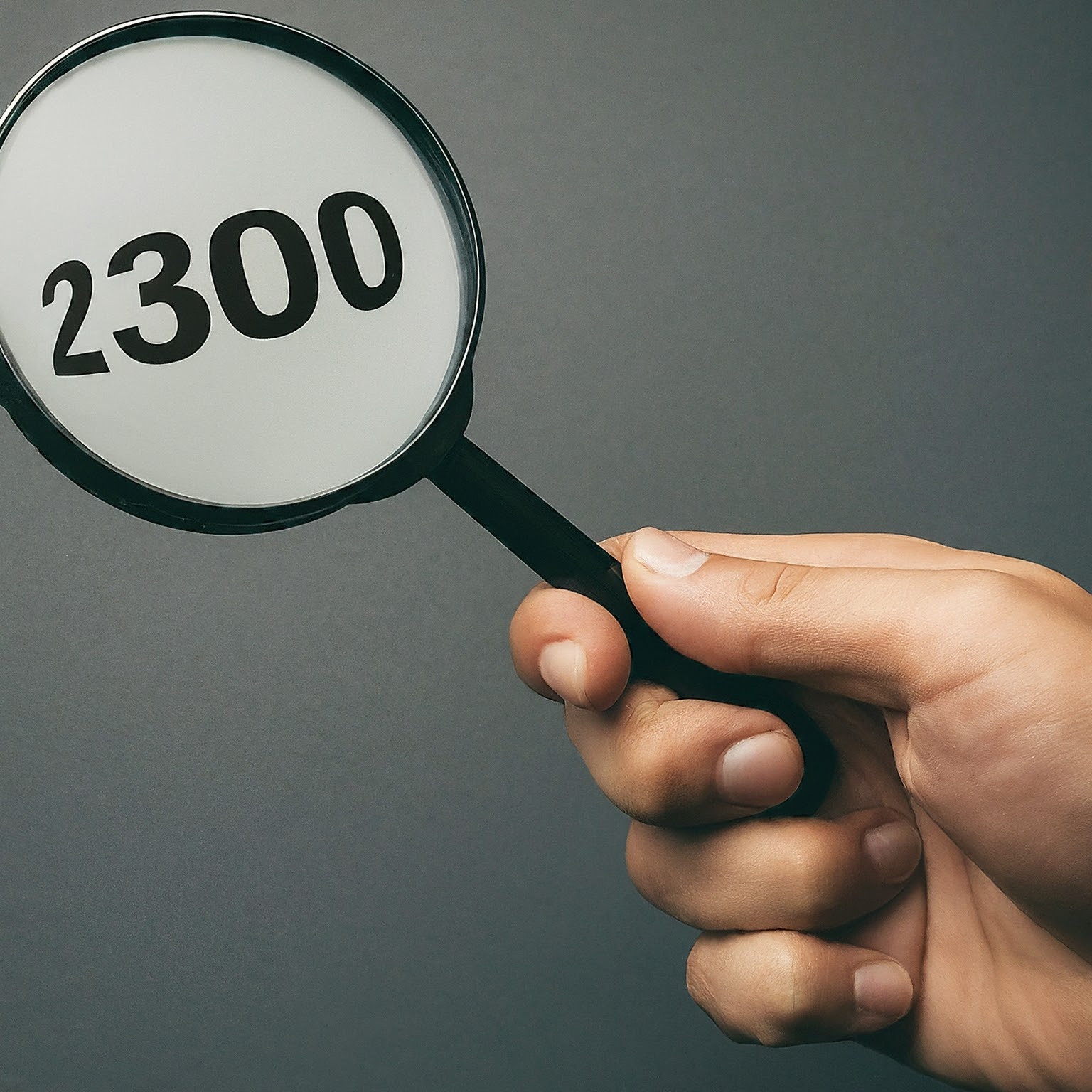If you’ve ever scrolled through the detailed usage history on your mobile phone account, you might have encountered some puzzling entries. Alongside familiar calls and texts, you may see multiple logs from short code 2300. This can be alarming—it’s not a standard phone number, and you almost certainly have no memory of sending or receiving a text from it.
Is this a sign of a scam? A secret subscription? Fortunately, the answer is no. This guide will demystify short code 2300, explaining exactly what it is and why it’s appearing on your bill.

What Are SMS Short Codes?
First, it helps to understand what a typical short code is. In the United States, a short code is usually a 5- or 6-digit number that businesses use for mass communication, such as:
- Marketing alerts and coupons.
- Two-factor authentication (2FA) codes.
- Appointment reminders.
These codes are designed for you to interact with. However, short code 2300 plays a very different, behind-the-scenes role.
The Real Identity of Short Code 2300: A System Code
The number 2300 is not a contact trying to reach you, nor is it a service you’ve subscribed to. It is an internal system code used by mobile carriers for a specific technical purpose.
The T-Mobile Connection
While other carriers have their own system codes, short code 2300 is almost exclusively associated with the T-Mobile network. If you are a T-Mobile customer, or if your mobile provider uses T-Mobile’s infrastructure (like Google Fi and other MVNOs), seeing this code is a common occurrence.
The Main Purpose: MMS Routing
The primary function of short code 2300 is related to Multimedia Messaging Service (MMS) routing. In simple terms, it’s a log entry that shows your carrier’s network successfully processed a picture message or a group text. When you send or receive an MMS, it goes through a complex routing system, and this code is essentially a digital timestamp of that background activity.
What About the “Mauritius” Label?
Some users report seeing the entry as “2300 Mauritius.” This can be particularly confusing, but it does not mean your message came from or went to the island nation of Mauritius. It simply means that as part of T-Mobile’s global network, the message was routed through a server gateway located there. It’s a technical detail about the message’s journey, not its origin or destination.
Why Does Short Code 2300 Appear on My Bill?
The key source of confusion is that you will never see a message from “2300” in your phone’s messaging app. It only appears in your account’s detailed usage logs.
It’s a Log, Not a Message
Think of the short code 2300 entry as a receipt. Every time you send or receive a picture or group message, the system generates a log entry. If you had a long group chat with lots of images, you might see a long list of “2300” entries corresponding to that activity. Some users also report seeing it appear in logs when a message is blocked.
Is Short Code 2300 a Scam?
This is the most important question for anyone seeing an unfamiliar number, and the answer is reassuring. No, the appearance of short code 2300 in your usage history is not a scam. It is a legitimate and harmless part of your mobile carrier’s operations. It doesn’t cost you extra money, and it isn’t a sign that your account has been compromised.
However, you should always remain vigilant. While the log entry itself is safe, scammers can “spoof” any number. If you ever receive an actual text message—from any number, including one claiming to be from your carrier—that contains a suspicious link, asks for a password, or requests personal information, you should treat it as a potential phishing attempt.
Conclusion
The mystery of short code 2300 is, thankfully, a simple one to solve. It is not a threat but a technical receipt that appears in your usage logs, most often when you send or receive a picture or group text on the T-Mobile network. Understanding what it means can provide peace of mind and help you better recognize what’s normal—and what isn’t—when it comes to your phone activity.


